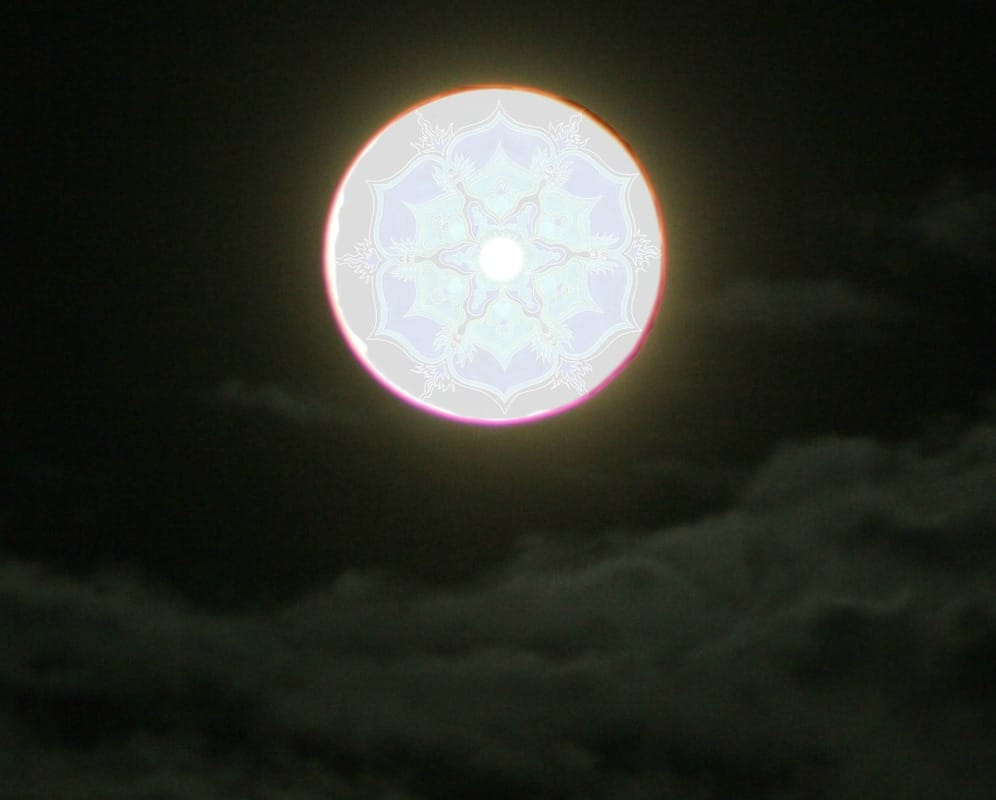
The Mandala
A mandala is a design that radiates from a central and unifying center. Yoga is a practice designed to help us connect with our own core and become established in our essential nature.
The traditional language of yoga is Sanskrit, an ancient language of India, and translations can be iffy. A simple translation for mandala is “circle.” Some Sanskrit experts would argue that if broken down into syllables, a mandala is an “essence (“manda”) container (“la”). A mandala is symbolically so much more than a simple circle. It’s a tool for healing, a meditation practice, a work of art. It is a symbol of wholeness. According to various sources online, a mandala is “a cosmic diagram that reminds us of our relation to the infinite, the world that extends both beyond and within our bodies and minds.” And if that’s all too “out there” for you, you can just enjoy mandalas for their mesmerizing beauty. Once you are familiar with them, you will see them everywhere: In the sky--the shapes of the earth, sun, and moon; in nature—flowers, honeycombs and sea shells; in the spiritual and religious history from many traditions--church windows, stone circles, yantras, architecture.
If you would like to explore mandalas more, keep your eyes out for the occasional mandala workshop, our annual retreat "Mandalas, Malas, & Moon Meditations," or read about the Mandala Assessment Reading Instrument (MARI).
The Moon
Much of our yoga practice, like our lives, is spent in doing, accomplishing, striving. Sun Salutations, a sequence of yoga postures common in many yoga classes, are strong and heating. This is in line with cultural pressures and, in terms of yogic philosophy, our more solar and masculine energies. Our moon, or feminine, side connects us with our cooling, calming, and nurturing nature. And who in this culture doesn't need a bit more of that energy in their life? At Mandala Moon, we strive for balance, and we love to practice Moon Salutations at least as often as Sun Salutations. Or maybe more.


 RSS Feed
RSS Feed